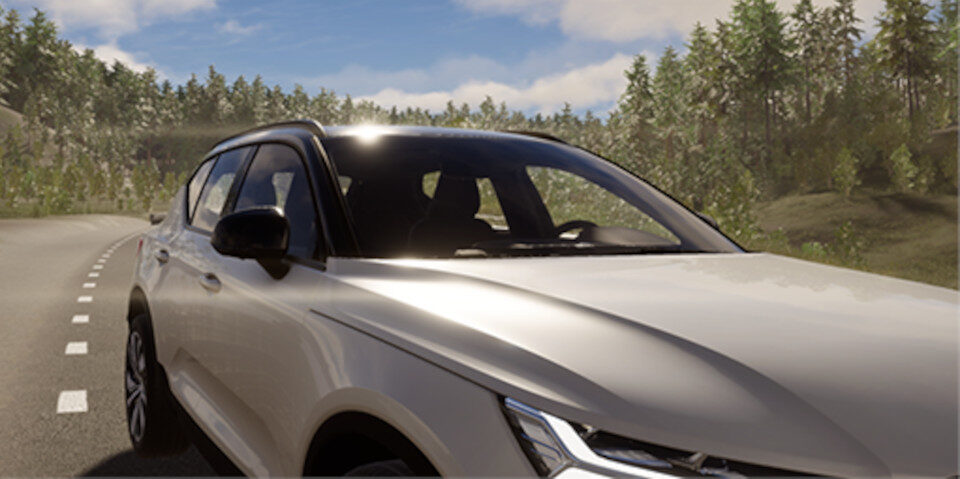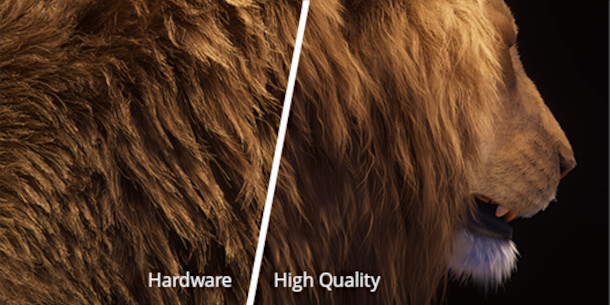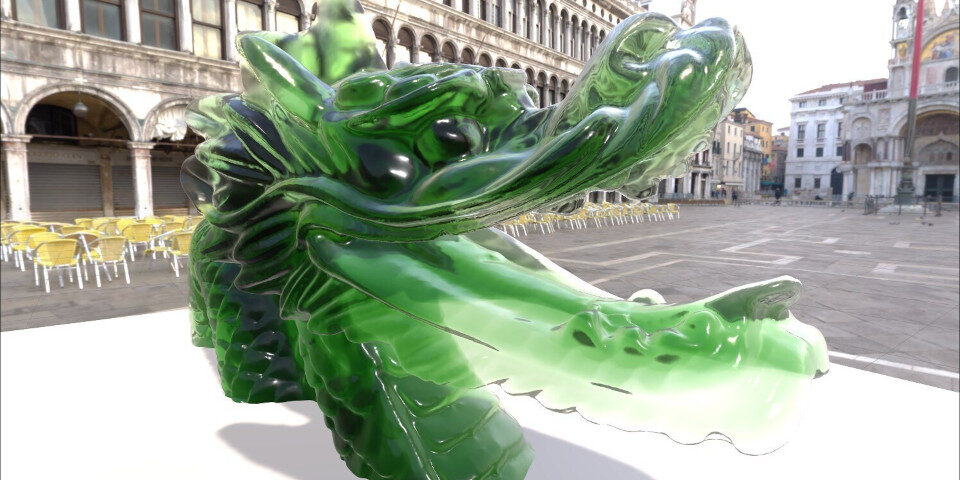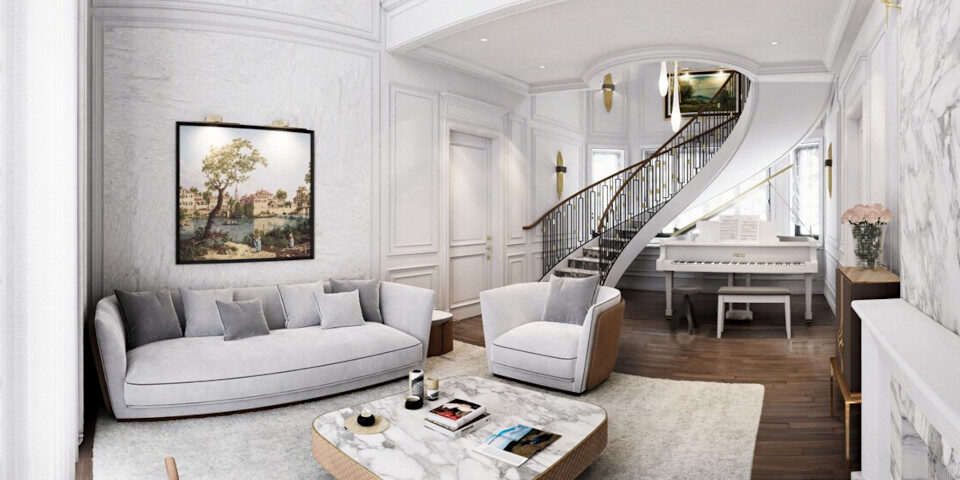Discover 5 key features for CG artists in Unity 2023.1

Unity has released Unity 2023.1, the latest tech stream update to the game engine and real-time renderer.
It features changes throughout the software, including support for ARM-based Windows devices like new Surface Pro and ThinkPad tablets, updates to multiplayer networking, and better support for XR devices.
Below, we’ve picked out five highlights for CG artists as opposed to developers, including better rendering of water, hair and skin in the HDRP, a new screen space lens flare system, and better light baking.
1. [HDRP] New water-authoring tools create waves and surface currents
Unity 2023.1 extends the new water system for its High Definition Render Pipeline (HDRP), introduced in Unity 2022.3 last year.
Key changes include a new water deformer for deforming the water surface, with presets for shore waves and bow waves round ships; and a water excluder for removing water from the interiors of boats.
It is also now possible to create surface currents on bodies of water using texture maps.
Graphical improvements include support for a water line, water fog and caustics in underwater views; and the option to use masks to control the effect of simulations on water surfaces and foam.

2. [HDRP] Higher-quality hair and fur rendering
Another new option in the HDRP is the High Quality Line Rendering override for rendering hair and fur, showcased in last year’s Lion demo, and previously available via a separate package.
It’s a line segment sofware rasteriser, and is intended to resolve transparency ordering and anti-aliasing issues, particularly when rendering large numbers of hair strands.
You can see a side-by-side comparison of Unity’s existing hardware rendering and the new system above.

3. [HDRP] Better rendering of skin and transparent objects
Other improvements to the HDRP include changes to the subsurface scattering model, which gets two new properties for diffusion profiles: Dual Lobe Modifiers and Diffuse Shading Power.
The former improves rendering of skin, by making it possible to control the smoothness of the primary and secondary specular lobes separately, to better mimic the thin oily layer that covers the epidermis.
The update also adds a new Compute Thickness pass, which can be used to make transparent materials appear denser in larger internal areas of a mesh.
The new pass is intended to improve the visual fidelity of transparent materials that use subsurface scattering or refraction, and of flat geometry like grass and leaves.
Other new features in the HDRP include a Post Sharpen pass in Temporal Anti-Aliasing (TAA) mode, and updates to volumetric clouds, adaptive probe volumes and render layer behaviour.
4. [URP and HDRP] Screen space lens flares
Both the HDRP and the less processing-intensive Universal Render Pipeline (URP) get a new Screen Space Lens Flare override.
Unlike the existing Lens Flare component, which generates flares from lights in a scene, it supports all of the bright areas of the current image, including emissive materials and specular reflections.
It supports tint colours and chromatic aberration, and has options to warp the flare to mimic the effect of circular or anamorphic lenses, as shown in the video above.
Other new features in the URP include support for TAA and High Dynamic Range output.

5. New LightBaker backend makes it possible to edit scenes during light baking
Unity 2023.1 also introduces a new backend for manual light baking, LightBaker 1.0.
Workflow improvements include the option to edit a scene without restarting the bake, and to use a Baking Profile to control the tradeoff between performance and GPU memory usage when using the GPU backend.
Price and system requirements
The Unity Editor is compatible with Windows 10+, Ubuntu 18.04/20.04 Linux, and macOS 10.14+. Unity is only available via subscriptions.
Free Personal subscriptions can be used by anyone with revenue of up to $100,000/year. They have a non-removable splash screen, plus the restrictions listed in this comparison table of the subscription plans.
Plus subscriptions cost $399/year. Pro subscriptions cost $2,040/year.
Read an overview of the new features in Unity 2023.1 on Unity’s blog
Read a full list of new features in Unity 2023.1 in the online documentation
